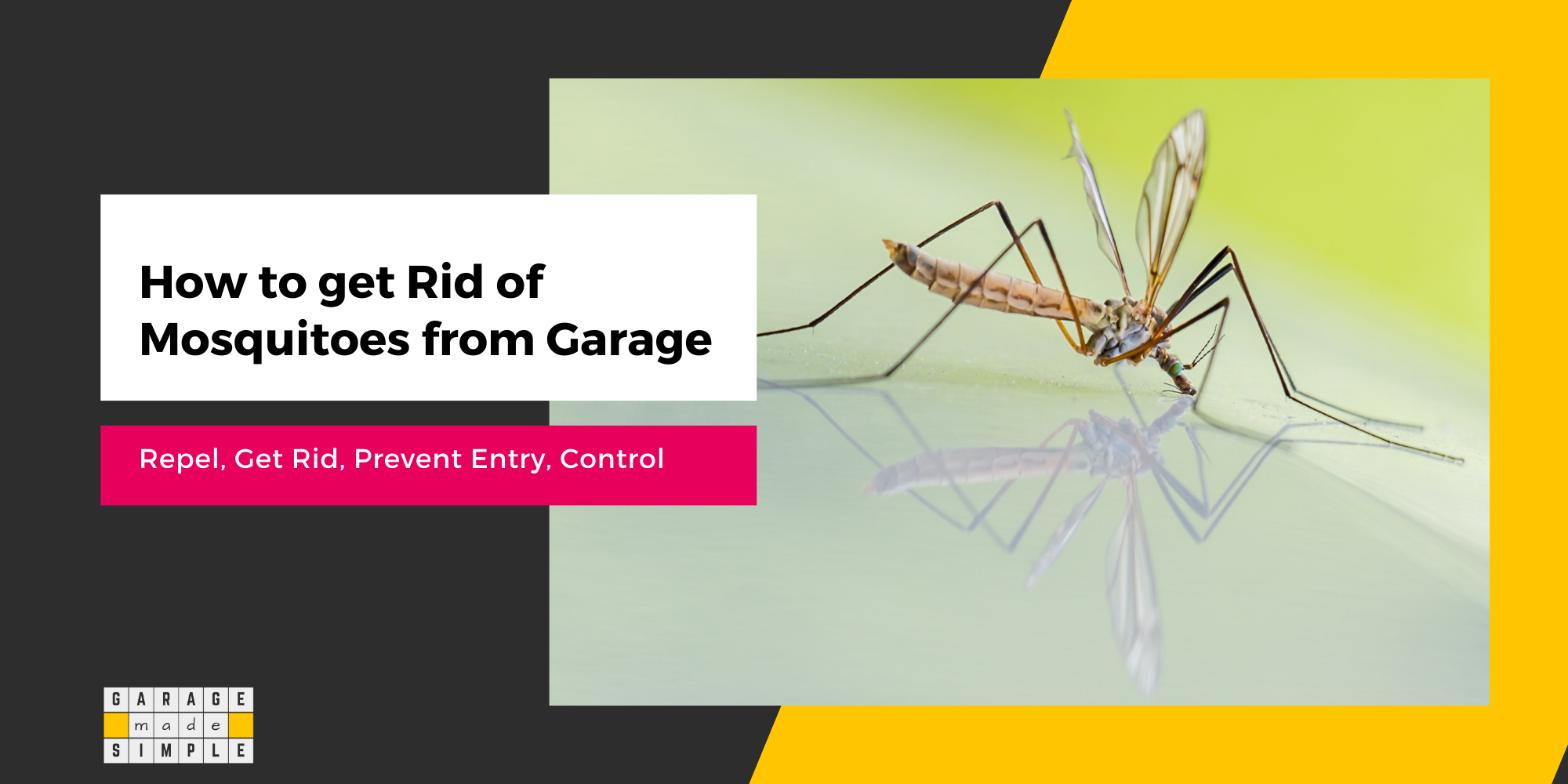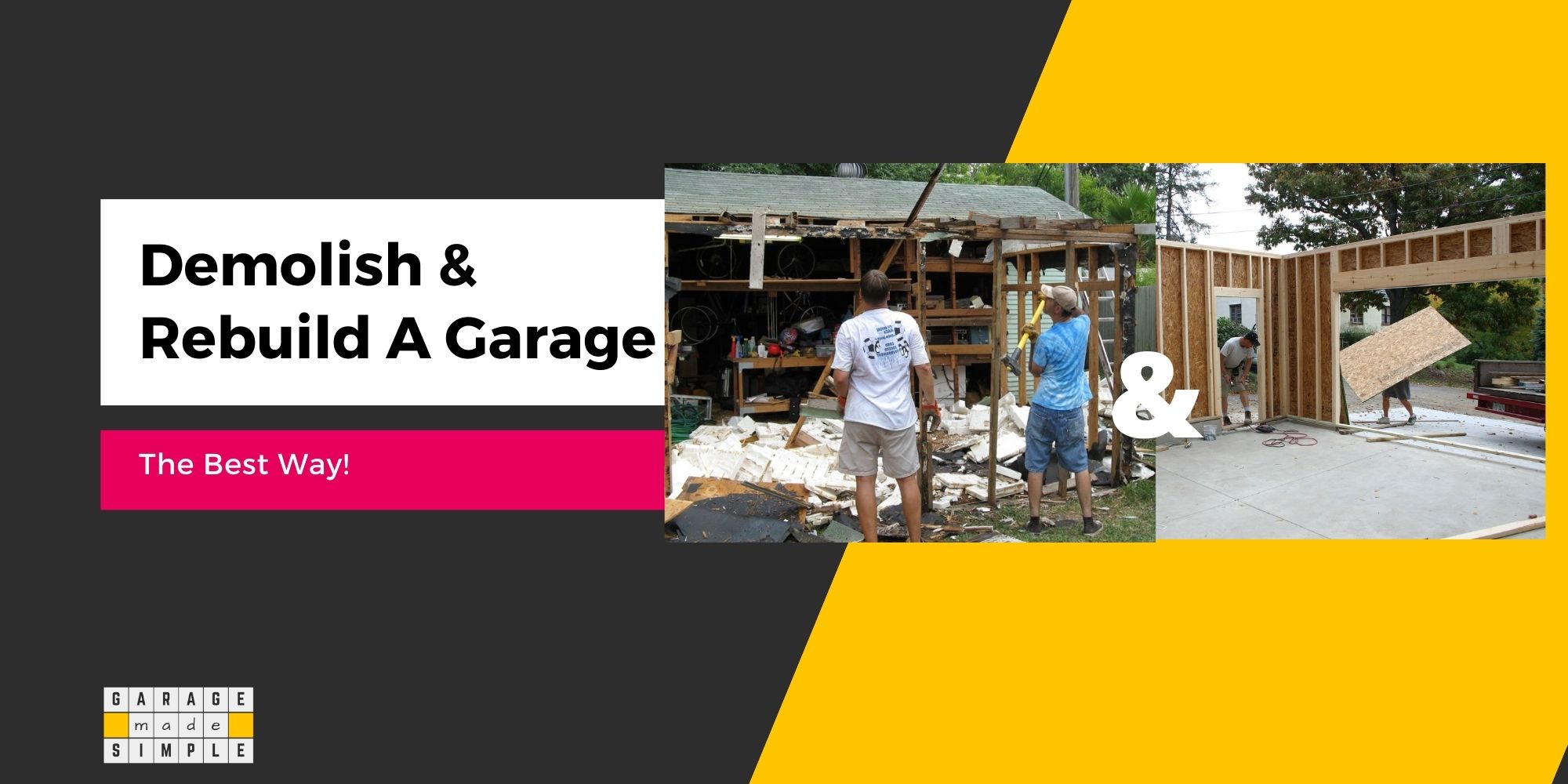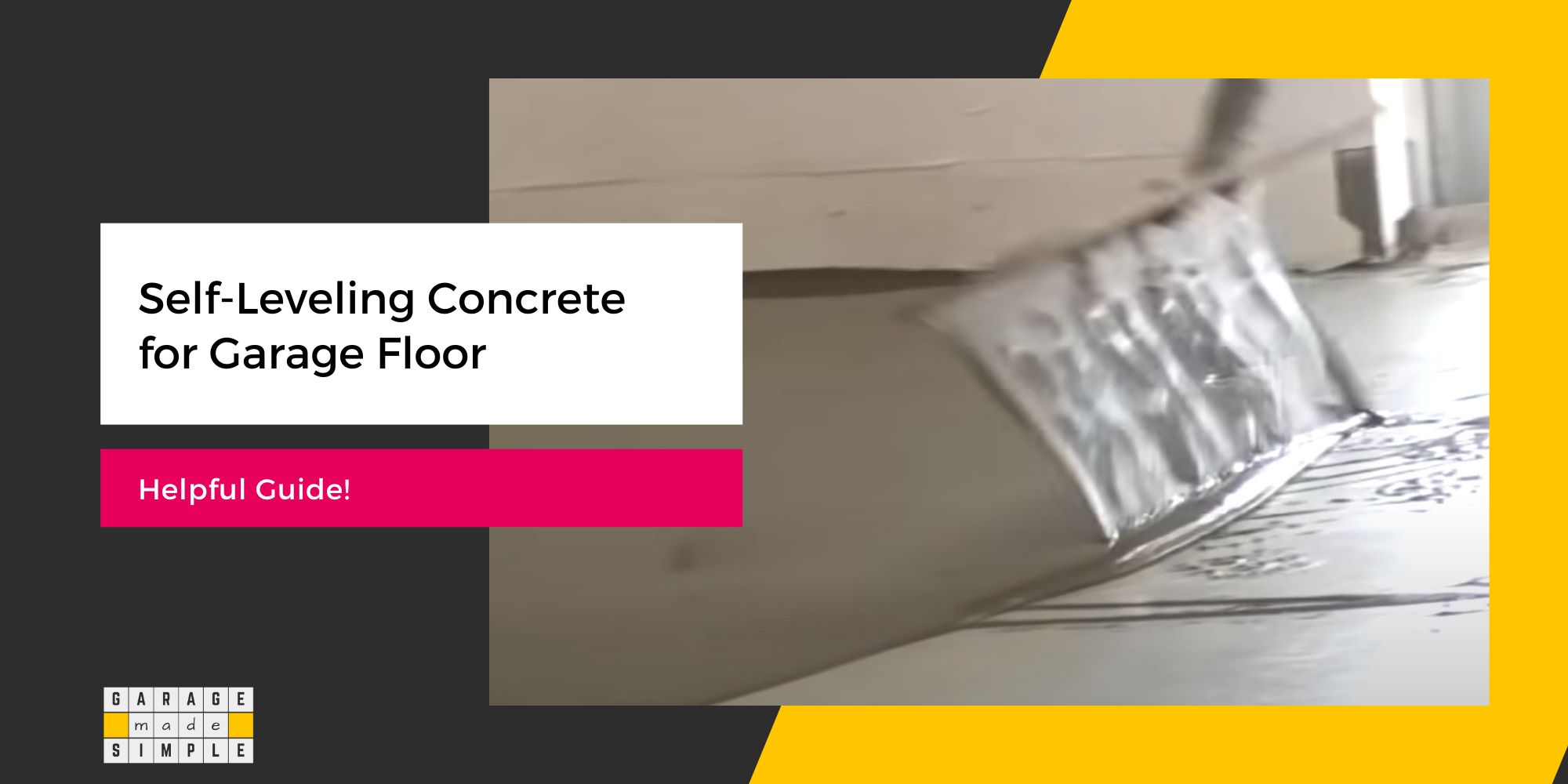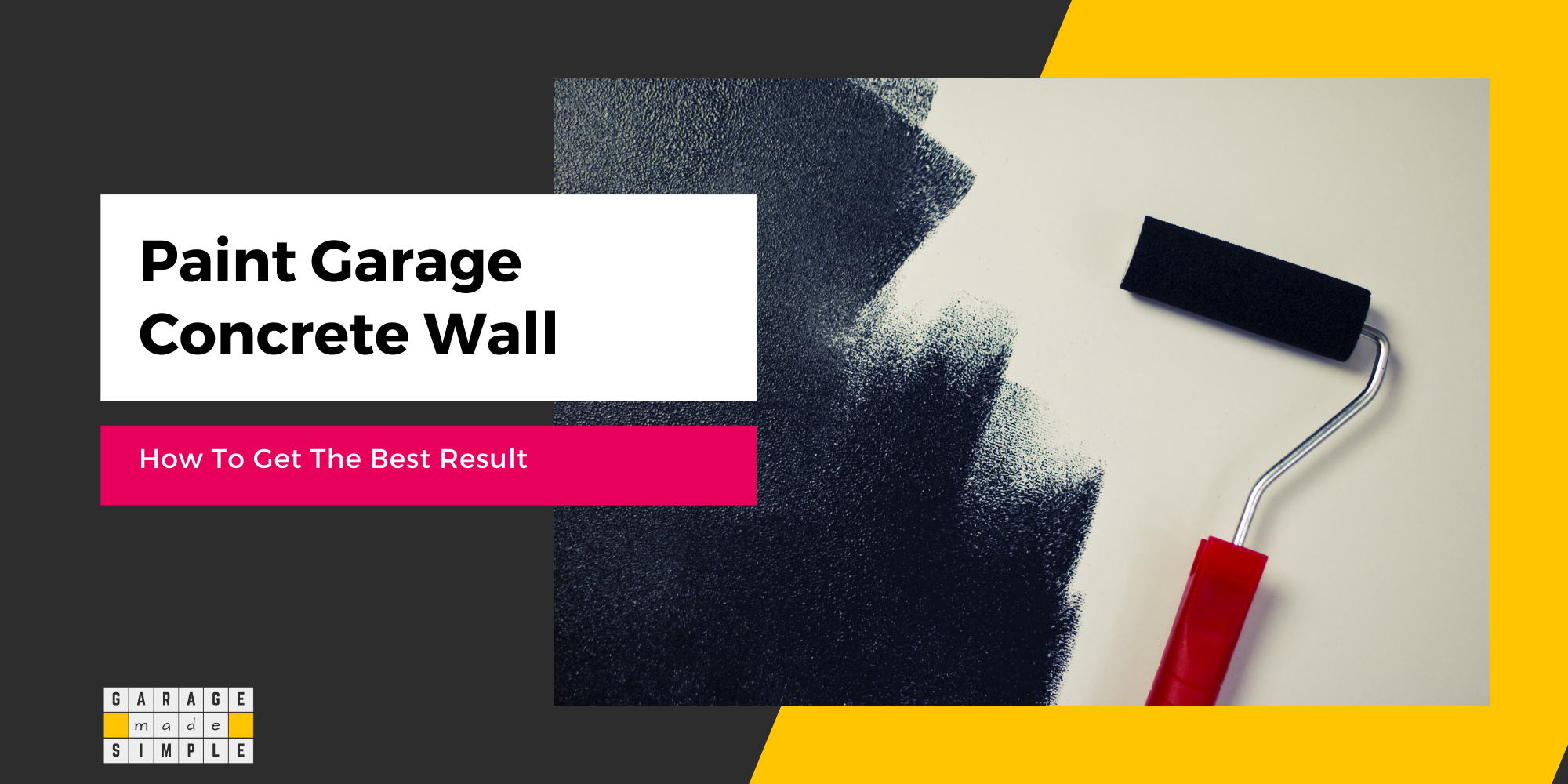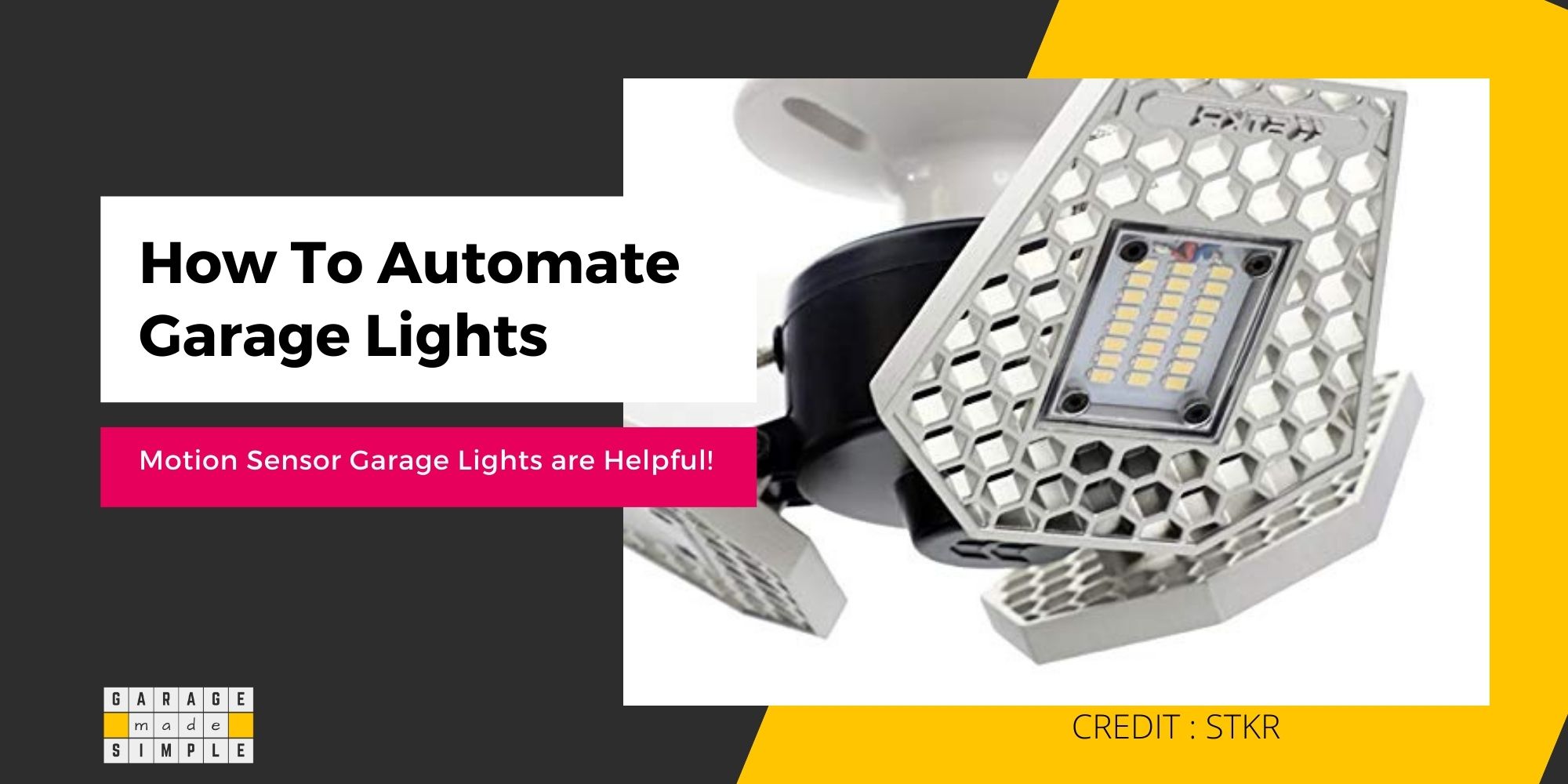How To Fix Crumbling Concrete Garage Floor? (One Helpful Guide!)
As an Amazon Associate, I earn from qualifying purchases.
Why is my Concrete Garage Floor Crumbling?
A crumbling concrete garage floor is a problem faced, sooner or later by most homeowners. Crumbling of concrete slabs is fairly common in old houses and garages. But it can happen with fresh concrete too! So How To Fix Crumbling Concrete?
It is possible to fix crumbling concrete, both fresh and old. But you need to understand the nature of concrete first. Moreover, all concrete crumbling does not have the same reasons. So “How To Fix Crumbling Concrete” may differ from garage to garage.
Read on to find out all about concrete and how & why a concrete slab crumbles!
The Basics of Concrete
A garage floor is a slab of concrete. Concrete is a very strong building material. No wonder it is widely used in civil construction. Skyscrapers, roads, bridges, tunnels and almost everything else built by man uses concrete.
“Concrete is a composite material composed of fine and coarse aggregate bonded together with a fluid cement (cement paste) that hardens (cures) over time.”
Source: Wikipedia
The concrete mix
“.. is about 10 to 15 percent cement, 60 to 75 percent aggregate and 15 to 20 percent water. Entrained air in many concrete mixes may also take up another 5 to 8 percent.”
Source: The Portland Cement Association
The concrete mix is a slurry and can be poured into a garage floor slab mainly because of the water and cement paste. Water and cement are essential in concrete mix but they can also be a source of weakness after concrete hardens.
What are the Different Levels of Crumbling Concrete?
Concrete garage floors (or for that matter any concrete floor) crumble and the crumbling can be characterized as:
Surface Crumbling
- Surface Crumbling: This is the lowest level. Sometimes the effect is mostly aesthetics and you can live with it or cover it. At other times the defects are a bit more serious. Moisture seepage into concrete pores is the main culprit. The damage is limited to the surface and can usually be resolved by garage floor resurfacing.
Reinforcement Corrosion
- Reinforcement Corrosion: This is a medium level problem. The related defects are deep rooted. They may manifest in large cracks, degraded, discolored and detached concrete. Garage floor repair of the affected patch is possible and should be done as soon as possible.
Uneven Sinking of Concrete Slab
- Uneven Sinking: is a structural problem emanating from poor foundation or shifting of the subsoil due to groundwater movement. This is of course the most serious form of garage floor crumbling. Though somewhat more complicated it is possible to do a garage floor repair, even at this stage.
Whatever the stage of crumbling, you have to act. Get a concrete professional in to take a look and advise you on “How To Fix The Crumbling Concrete Garage Floor?”
So in this post I am going to explain the reasons for a crumbling garage floor in some more detail, list out all the concrete defects that you may encounter and then advise you on “How To Fix The Crumbling Concrete Garage Floor?” in each case.
How Water Seepage Causes Crumbling Concrete Garage Floors?
The concrete mix is a slurry, but once the concrete mix has been poured the curing process begins. This happens by a chemical process called hydration. The cement reacts with the water to form crystals. The crystals grow into a matrix enveloping the sand and other aggregates in a tight mesh.
This converts the concrete mix into a rock hard solid material.
However, concrete, a solid rock-hard building material is actually full of holes, like a block of cheese. OK these holes are really small. Call them pores or capillaries.
Water loves to seep into these pores using a physical phenomena called capillary action or capillarity. In simple terms this is wicking. The concrete garage floor can suck up water both from the ground below and the damp humid air above.
Related Blog Post
How To Make Sure Of No More Damp Garage Floors
Water, which was friendly and essential in the concrete mix slurry, is now a deadly foe.
It will hurt the concrete in every way it can. Water seepage will
- Increase the top layer of the weak cement
- Carry corrosive & harmful chemicals to the concrete interior
- Corrode reinforcing steel
- Stress the concrete as temperature fluctuates
- Get absorbed by the silica gel to put pressure on the concrete slab
Why does the Top Layer of Concrete Crumble Easily?
After the concrete mix is placed, the contractor will finish it to give a smooth level surface. In this process the water and the finer cement particles rise to the surface. The fine cement particles, on the surface of the garage floor, makes it smooth. However, the surface is also the weakest, structurally.
The soft cement top layer degrades rather easily due to abrasion from vehicular & foot traffic. This is one of the main reasons concrete garage floors can be so dusty. Think of dust as micro-crumbling of your garage floor.
How does Alkali Silica Reaction (ASR) cause Crumbling Concrete?
Cement is alkaline and the coarse aggregates (sand & gravel) have silica. Alkali can react with active silica to form a gel. The concrete industry labels this as Alkali Silica Reaction (ASR). they also call it “concrete cancer”. The gel can absorb water, swell and apply pressure and weaken the concrete. Weak concrete will disintegrate and crack more easily.
So this is another way water seepage is putting stress on the concrete and especially the weaker cement layer and breaking it down. The concrete is crumbling, very slowly but most definitely.
Stopping water from entering the concrete pores is a way to fix the crumbling concrete garage floor.
Why does Temperature Fluctuation cause Concrete to Crumble?
The concrete garage floor obviously does not stay at the same temperature all the time. Even in summer the day temperatures and the night temperatures can be vastly different.
The water within the concrete expands in the day, when the temperature is high and contracts in the night, as the temperature drops.
This daily or seasonal freeze-thaw cycle of expansion and contraction of the water in the concrete pores puts physical pressure on the concrete, especially the cement rich top crust.
The stress cycle causes the concrete to break down and crumble into dust.
So far we are talking of physical stress which are not structural in nature. The damage to the concrete is mostly skin deep and manifests itself as dust, hairline cracks, pitting and spalling. These defects can be prevented to some extent by preventing the water from entering into the pores of the concrete.
Are Road Salts also Responsible for Crumbling Concrete Garage Floors?
Snow & Ice also contribute to the crumbling of your garage floor! Indirectly, anyway. You are aware that they use salt to melt the snow & ice on the road. This salt will of course find its way into your garage. Through your car tires!
When the salt water seeps into the pores of the concrete floor the salt reacts with the alkalis in the concrete to form crystals. The crystals will put stresses on the concrete floor and cause it to crack. The freeze-thaw cycle just makes it worse.
Often this results in spalling (aka scaling) i.e. the soft cement top layer will delaminate from the main concrete garage floor in some sections
Vapor Barriers & Sealants Prevent Crumbling of Concrete
Floor Vapor Barriers (aka Moisture Barriers) are plastic sheets which will block the water or the water vapor from coming into contact with the concrete and then being absorbed by the concrete pores.
A below–slab vapor barrier is, as the name suggests, installed below the concrete slab to stop the vapor drive of water upward from the damp ground below.
You should also install a vapor barrier over the concrete garage floor if you are going to use a “floating floor” such as interlocking vinyl or engineered wood floor tiles.
If you plan to use an epoxy coating with a clear top coat or something similar, then that itself acts as a topical sealer. The function of a topical sealer is very similar to a vapor barrier over the concrete floor.
Penetrating Sealer Blocks Concrete Pores and Stops Crumbling
In any case the use of a penetrating sealer is essential to block the pores in the concrete. Penetrating sealers are silicon based compounds such as silanes, siloxanes, silicates & siliconates. These are clear low viscosity liquids that can be applied to the garage floor with a low pressure spray.
Silanes work the best with concrete garage floors. They will penetrate into the concrete, react chemically within the capillaries to block them, but will not form any film on the surface.
“Due to their small molecule size, Silanes are frequently used for sealing pre-cast concrete and high performance concrete such as: parking garages, bridge decks, building facades, and concrete forms.”
Source: ConcreteSealersUSA
Sealing a concrete garage floor is an essential & effective way to prevent the crumbling of concrete garage floors.
So far we have talked of the lesser crumbling problems of concrete. These are superficial damages & skin deep. Directly or indirectly they are attributable to water entering the concrete pores.
You can take the precautions mentioned above but these will still occur. The fix for this kind of crumbling concrete is garage floor resurfacing.
What is Reinforcement Corrosion?
Concrete is a very strong building material. Correct? Only partly!
In Civil Engineering practice strength measurements have two components. Compressive Strength & Tensile Strength.
Compressive Strength is the ability of concrete to withstand a load that is pressing into the concrete. Concrete slabs, such as in garage floors have pretty high compressive strength.
Tensile strength, on the other hand, is the ability of concrete to resist breaking or cracking under tension. In simpler words, high tensile strength is flexibility and low tensile strength is brittleness.
Concrete slabs have low tensile strengths, so they must be reinforced with deformed steel bars at the time the concrete mix is cast.
Concrete garage floor slabs are in tension but do not crack as the reinforcing steel bar takes up the tensile stress. However, the reinforcing steel bar can corrode and weaken the concrete.
The risk of corrosion increases significantly in coastal regions due to salt in the moisture or groundwater.
“Corrosion of reinforcing steel and other embedded metals is the leading cause of deterioration in concrete. When steel corrodes, the resulting rust occupies a greater volume than the steel. This expansion creates tensile stresses in the concrete, which can eventually cause cracking, delamination, and spalling”.
Source: Portland Cement Association
The cracks caused by rebar corrosion are fairly large and may cause the slab to sink non-uniformly. Usually the only solution is a patch garage floor repair. The cracked and degraded concrete around the crack is removed to an inch or more below the corroded section.
The corroded section of the rebar is then either treated or replaced. The void is filled up with concrete repair mortars that have been modified with polymers to improve adhesion and chemical resistance.
Does Uneven Sinking Result in Crumbling Concrete Floors?
Sometimes your concrete garage floor may show signs of cracking and sinking in sections. This is usually caused either by poor foundations or movement of the subsoil due to rain or groundwater.
This kind of problem can not be solved by garage floor resurfacing, mainly because this is not a surface defect.
Specialists in concrete slab repairs and floor raising need to come in and assess the extent of the damage.
They may recommend one of the two two options for repairing sinking concrete slabs:
- Install a slab pier system that connects the slab to stable soil or bedrock. Once installed, the system makes it possible to re-level settled slab sections.
- Raise settled concrete using SettleStop expanding foam. Injecting this high-density foam beneath the slab will fill voids and consolidate weak soil while also raising settled slabs back to their original position.
Before Garage Floor Repair

After Garage Floor Repair

Please contact AFS Repair for more information on every type of concrete floor repairs.
How To Fix Crumbling Concrete – Bottom Line
The bottom line is that your concrete garage floor can crumble in three ways and due to three reasons.
Surface Crumbling:
This is the lowest level of your garage floor crumbling. The defects are primarily on the surface and range from the garage floor being dusty, hairline cracks, pitting, spalling, efflorescence etc. Some of it is inevitable and affects only the aesthetics.
Others are a bit more serious. Moisture (with or without salts or other chemicals) entering the concrete pores is the main culprit. You can minimize this by using vapor barriers and penetrating sealers. Topical sealers and epoxy coatings are also a great help.
The damage is limited to the surface and can usually be resolved by garage floor resurfacing.
Reinforcement Corrosion:
The related defects are more deep rooted. They may manifest in large cracks, degraded, discolored and detached concrete. This is a medium level problem of your garage floor crumbling.
If the extent of the corrosion is limited then patch garage floor repair is possible and should be done as soon as possible. If the extent is widespread the entire garage floor will need to be replaced.
Uneven Sinking:
This is a structural problem emanating from poor foundation or shifting of the subsoil due to groundwater movement. This is of course the most serious form of your garage floor crumbling.
The portion of the sunk floor can be lifted and stabilized using either a slab pier system or by injecting SettleStop expanding foam beneath the sunken slab.
Thank you very much for reading the post. I do hope you found it informative and useful.

